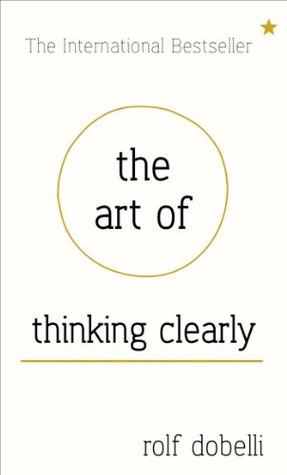More on this book
Community
Kindle Notes & Highlights
by
Rolf Dobelli
Read between
February 3 - December 12, 2020
triumph is made more visible than failure,
people systematically overestimate their chances of success.
human brain seeks patterns and rules.
Chauffeur Knowledge
the typical response to scarcity is a lapse in clear thinking.
action bias: look active, even if it achieves nothing.
Israeli researcher Michael Bar-Eli,
‘All of humanity’s problems stem from man’s inability to sit quietly in a room alone,’
‘affective forecasting’; our inability to correctly predict our own emotions.
association bias – the tendency to see connections where none exist.
The more power we gain over our impulses, the better we can avoid this trap.
decision fatigue.
Willpower is like a battery.
The contagion bias describes how we are incapable of ignoring the connection
All we know is that expectations alter the biochemistry of the brain and thus the whole body.
An affect is a momentary judgement:
Whether we like it or not, we are puppets of our emotions.
the introspection illusion creates inaccurate predictions of future mental states. Trust
Antifragile, Nassim Taleb
the tendency to withhold assistance to people who might outdo you, even if you look like a fool in the long run.
Self-control is not available around the clock.
Absence is much harder to detect than presence. In


